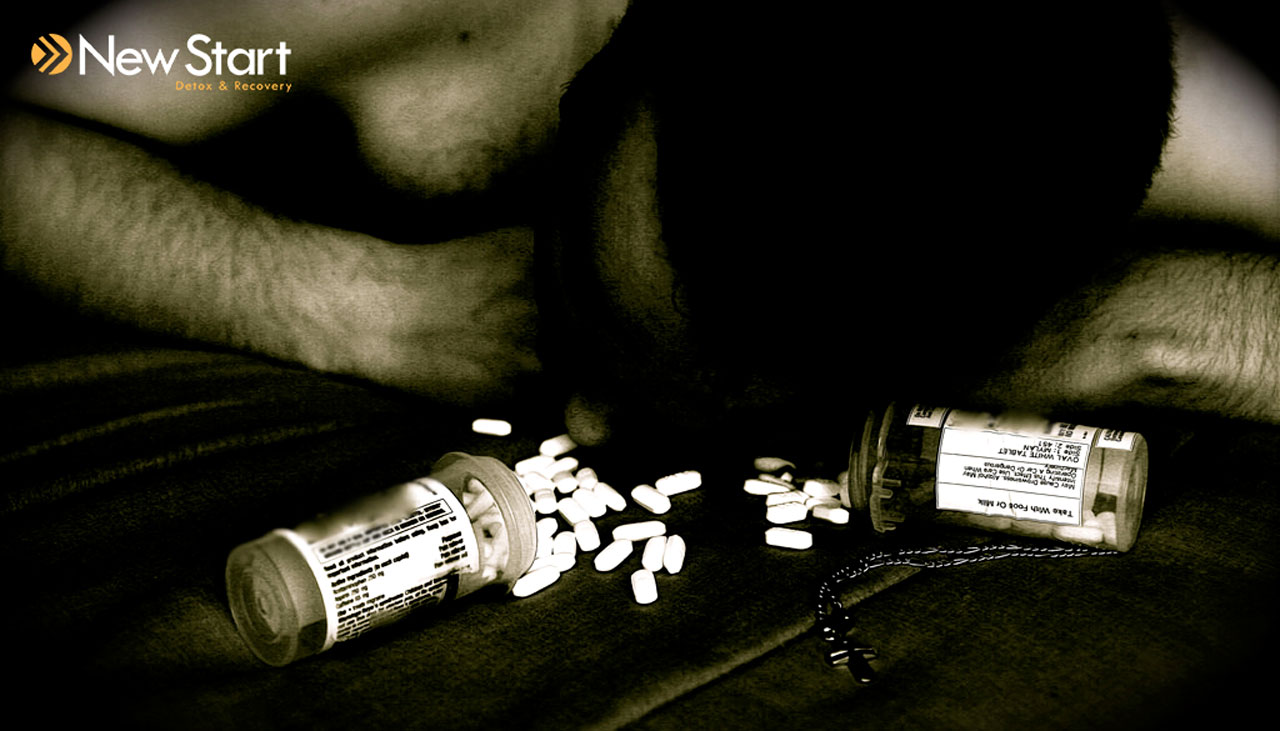You know the scene in James Cameron’s The Abyss where Ed Harris’s character has to hold his wife down as she drowns herself so that he can carry her as he swims back to safety? She’s essentially willing to kill herself because she knows (read: hopes) that her estranged husband will revive her. This twisted scenario pretty much explains the relationship between addicts and Narcan.

Narcan, a chemical nasal spray, can revive someone who has overdosed, which is amazing. However, it cannot cure addiction. Addicts can overdose, be revived with Narcan, and then carry on with their addictions that same day as if nothing had happened.
What is Narcan?
 Narcan is a nasal spray that is used to reverse an opioid overdose. It is made out of naloxone hydrochloride, which is an opioid antagonist. Narcan is carried by first responders and used in an emergency, but it is not a cure for addiction. A person will still need to be taken to the emergency room for further treatment after being revived with the naloxone hydrochloride spray.
Narcan is a nasal spray that is used to reverse an opioid overdose. It is made out of naloxone hydrochloride, which is an opioid antagonist. Narcan is carried by first responders and used in an emergency, but it is not a cure for addiction. A person will still need to be taken to the emergency room for further treatment after being revived with the naloxone hydrochloride spray.
Pros and Cons of Narcan
Pros:
Narcan does in fact save lives. In many cases, first responders won’t know how long a person has been unconscious or unable to breathe when they get to an overdose scene. The overdosed person may not survive the ambulance ride to the emergency room. Narcan is a quick and easy way to revive a drug user in such instances.
Cons:
Narcan does have some adverse side effects. These include increased blood pressure, muscle spasms, nasal dryness, nasal inflammation, and headache. However, not everyone experiences these side effects. The sudden reversal of opioid effects can also cause acute withdrawal syndrome. Symptoms of acute withdrawal syndrome include sweating, fever, trembling, and nausea.
The ability to quickly revive drug users from an overdose indirectly strips users from their humanity. Videos of overdose reversals are surfacing everywhere. The proclaimed “right reasons” for filming and sharing these videos is that they help spread awareness and teach a lesson about the dangers of drug use. However, using a person as a lesson takes away their individuality as a human being. The subject of the video is no longer an actual thinking, feeling person . . . he’s a lesson. He wasn’t revived to get help or better his life. He was revived to teach a lesson to the rest of the world. Other people share and watch these videos only to laugh and ridicule. Being revived with Narcan somehow makes these users unworthy in the minds of the general public.
Narcan Creates a Revolving Door in the ER
Narcan saves lives. That’s for sure. But what happens afterwards? Let’s break it down. A drug user overdoses on heroin or some other opioid. First responders come and revive him with Narcan. They then send him to the emergency room for further treatment. He checks out and goes back home to whatever toxic situation fuels his addiction, likely to overdose again and be sent back to the emergency room. This is essentially a revolving door between addiction and the ER in which Narcan is the key.
Drug abusers who are revived with Narcan and sent to the emergency room are rarely ever matched with treatment services. However, addiction treatment is exactly what they need. Too many times, the person receiving the Narcan has been given the opioid antagonist before. Sure, it’s successful in saving a life for that moment. But can it really be considered a success if that person ends up right back where they were?
The reality is, Narcan usage is increasing. One deputy superintendent of medical emergency services in Boston states that his workers administer Narcan about three times in an eight-hour shift. And first responders aren’t the only ones with access to the reverser. Drug users and their friends and families can also carry it. The Centers for Disease Control and Prevention (CDC) report that Narcan has been used to reverse an overdose over 26,000 times by people other than medical professionals since 1996. These facts alone indicate a revolving door problem.
The Addict in that Revolving Door
 As an addict, your main driver is the call of your drug of choice. Most of the time, the negatives are just not enough to break the call of addiction. Narcan may seem like a dream come true. You can use your drug without a fear of dying (if that fear was ever present in the first place) because there’s a tool that might be able to reverse your overdose. The negative side effects of Narcan can’t compete with that opioid high craving. The short trip to the emergency room is just a blip in your schedule. You’ll be back on the street in no time.
As an addict, your main driver is the call of your drug of choice. Most of the time, the negatives are just not enough to break the call of addiction. Narcan may seem like a dream come true. You can use your drug without a fear of dying (if that fear was ever present in the first place) because there’s a tool that might be able to reverse your overdose. The negative side effects of Narcan can’t compete with that opioid high craving. The short trip to the emergency room is just a blip in your schedule. You’ll be back on the street in no time.
So when does it stop? At what point does the revolving door close? Without the intervention of addiction treatment, that door will probably keep revolving until the one time that Narcan fails and the addict doesn’t survive the overdose.
Addiction Treatment: the Real Life Saver
Addiction can’t be cured like a cold. It is an insidious disease that needs multifaceted treatment. Narcan definitely helps drug users by saving their lives but it’s futile if the life saving isn’t carried through to the next steps (i.e. a drug detox program).
James Cameron’s protagonist revives his wife with desperate love. You can’t even really say that Narcan revives addicts with appreciation (for human life) if they are sent back to their addictions rather than being matched with the treatment that can actually save their lives.
New Start offers both detox and residential treatment for addiction. If you or someone you know is struggling with addiction, we can help. Don’t hesitate to call us at 855-737-7363 or reach out to us on our live chat.

